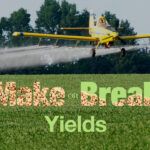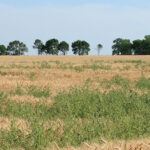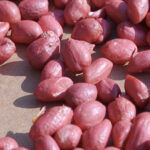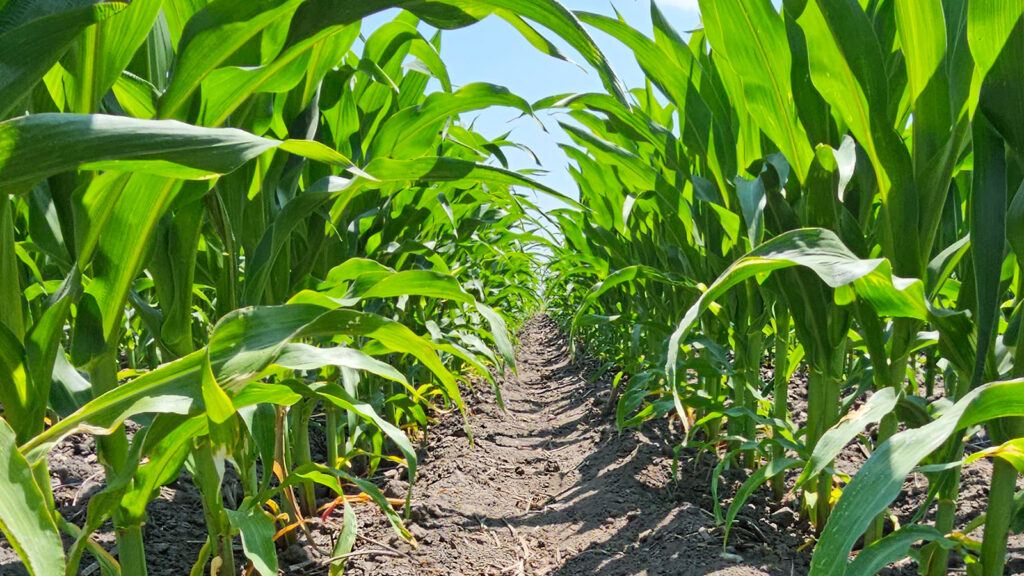Seed Selection Well-Suited to Geography Maximizes Yield Potential
Seed selection for unique conditions is a pathway to higher profit potential.

- Seeds well-suited to a specific geography help maximize yield potential.
- Traited seeds also meet growers’ insect/disease pressure needs.
- While traited seeds cost more up front, they contribute to a better bottom line.
Those who ask Tim Main about challenging decisions on his farm today can expect a conversation on seed selection. He and his brother, Todd, maintain a 50-50 corn and soybean rotation in a no-till production system in Altona, Illinois.
We expand the geographic footprint for seed as it goes through testing. We determine what works and share that data with our seed partners so they can help each farmer rank seed on performance and tweak product selections for their fields.
“Seed selection for both crops has changed so much over the years,” says Main, who has farmed for more than 35 years. “I used to sell seed, and that meant meeting with farmers after harvest to take orders for the next year. Now, with traited seed that works with specific herbicides and insecticides, we are choosing systems and seed for the following year well before harvest.”
Expert Insights
Main increasingly relies on local seed representatives to learn which hybrids and varieties are mostly likely to perform well in his fields. He counts on their first-hand knowledge of seed performance in company trials.
“They know what will work geographically and has the right traits to help us increase yield potential, reduce input use, and add to our profitability,” Main says.
Wesley Hancock, Ph.D., Syngenta soybean breeding project lead, says his teams analyze data from test plots to determine which growing environments and geographies work best for each variety. They evaluate seed for two seasons and match varieties to the specific conditions the seed is most likely to face — for example, disease pressures in the Midwest versus those in the Southeast.
“We always look ahead to assure we breed for changes in pest resistance and other production factors,” Hancock says. “Soybean growers currently have two main soybean herbicide trait choices from Syngenta, Enlist E3® soybeans and XtendFlex® soybeans. We aim to be a provider of choice by testing each trait in the same geography to match genetics for each environment. With performance-based testing, nothing that fails is released.”
Selection Scenarios
As is the case with soybeans, selecting corn seed well-suited to a specific geography helps farmers maximize yield potential and take advantage of growing-season length.
Judd Maxwell, Syngenta corn product placement head, says his team broadly tests seed products as they move through the pipeline, determining where products best fit. Nationwide testing and local weather adaptation provide regional performance data.
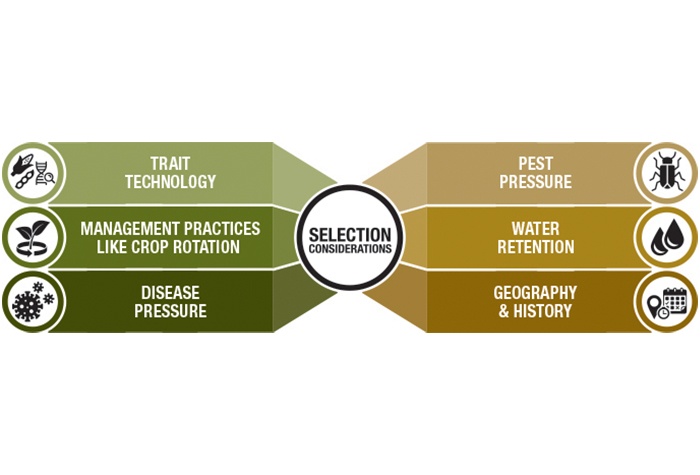
“We expand the geographic footprint for seed as it goes through testing. We determine what works and share that data with our seed partners so they can help each farmer rank seed on performance and tweak product selections for their fields,” Maxwell says. “Each hybrid in our broad-based portfolio has two years of genetic and trait combination evaluation, just like soybeans.”
Maxwell agrees with Main that while yield potential is critical to seed selection, potential return on investment is the broader, and more significant, consideration.
“Seed is priced on yield potential. A farmer that uses a lot of inputs may want to spend more on seed with a higher-yield starting value to generate top yields, while farmers with a less intensive management style should choose seed based on potential for consistent return,” Maxwell says.
Main sets high profit goals. “Traited seed costs are higher, but we find the bigger investment has a bigger impact on success,” Main says. “It all trickles down — ultimately — to a better bottom line.”
Product Performance Factors
In addition to geography, Maxwell advises farmers evaluating corn seed to consider trait technology needs that fit their management practices, such as crop rotation, or insect and disease pressure. “Every trait has a different impact on product performance,” he says. “For example, if corn rootworm is a problem, select seed with traits to manage underground insects. If a specific disease is a challenge, look for hybrids with protection from that specific disease.”
Products from Syngenta can address several corn challenges. Duracade™ trait stacks offered in elite genetics provide multiple modes of action to battle corn rootworm. DuracadeViptera™, on the other hand, controls above-ground insects, including western bean cutworm and corn earworm. Combining both traits provides control of 16 above- and below-ground pests.
“Farmers can select traits based on the geographic need and past history of their fields,” says Tim O’Brien, Ph.D., Syngenta traits product manager. “Genetics provide the yield potential while traits protect that yield potential. And in the case of corn rootworm, which has been on the rise in some regions for the last two seasons, farmers should have a multi-year plan using different control methods in different years that includes not only Duracade trait stacks, but also crop rotation, soil-applied insecticides and adult beetle monitoring.”
Artesian™ trait stacks offer another geographic opportunity when combined with elite corn genetics. The technology optimizes water use to help maintain yield despite drought or water restrictions.
“At Syngenta, seed work is never complete,” Maxwell says. “We seek farmer feedback on what works and what does not so we can make adjustments and maximize return on every seed. We never stop learning about our products, even after they are available commercially.”













